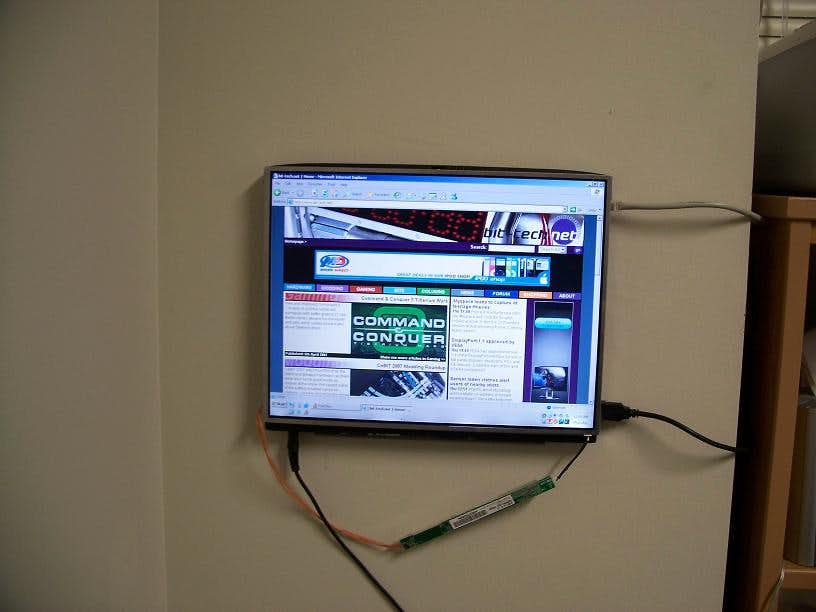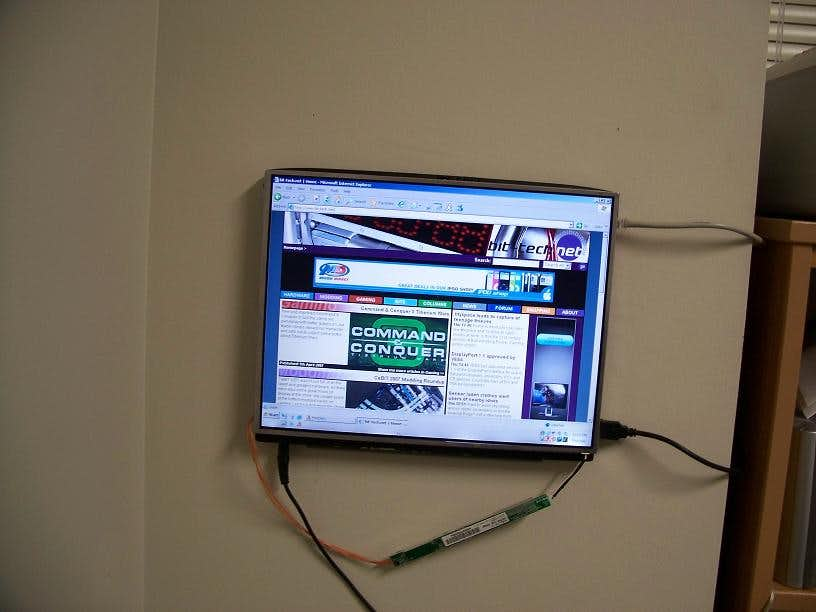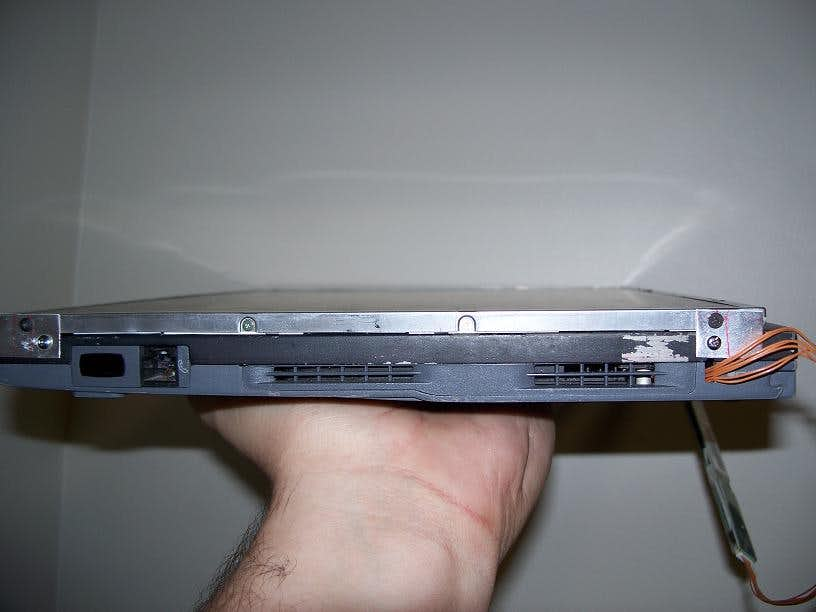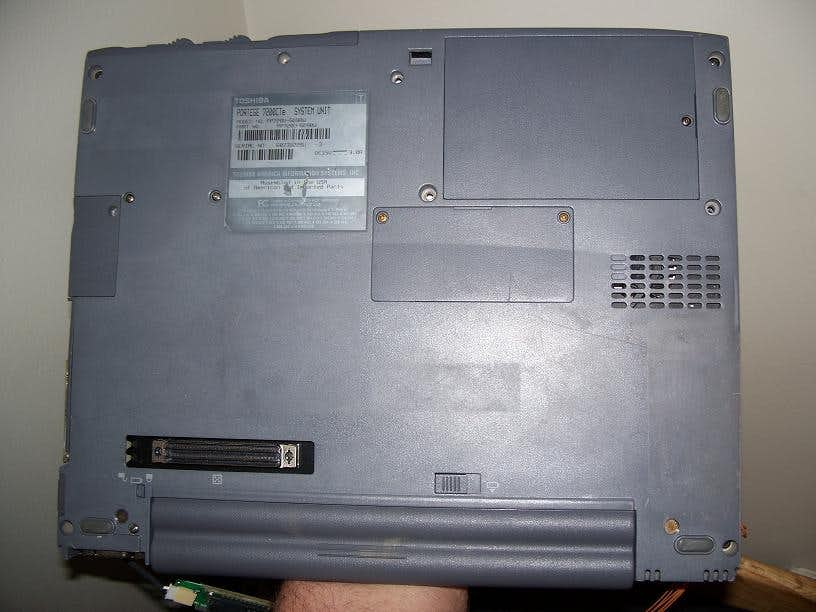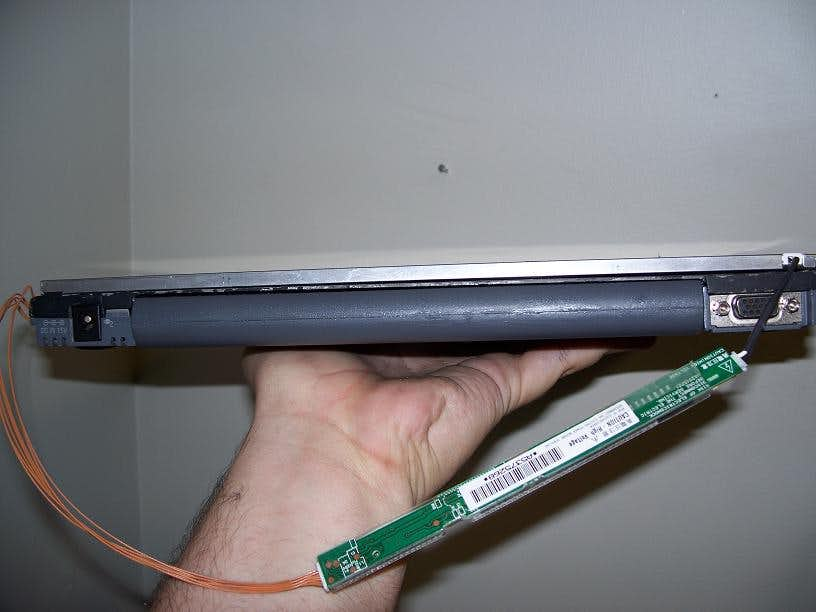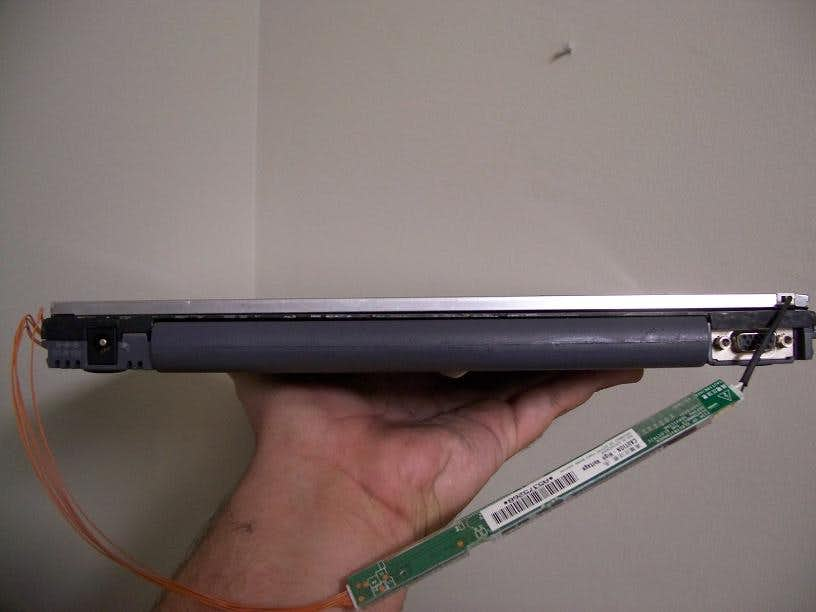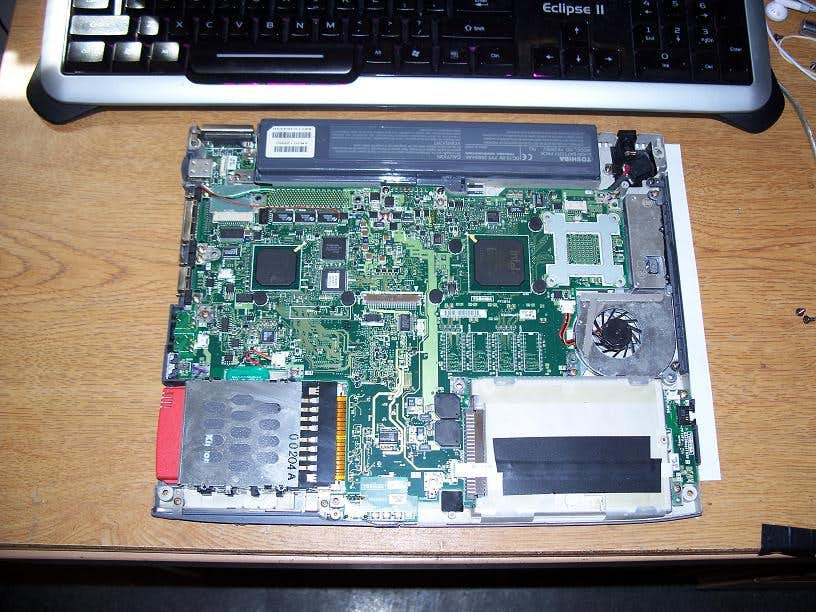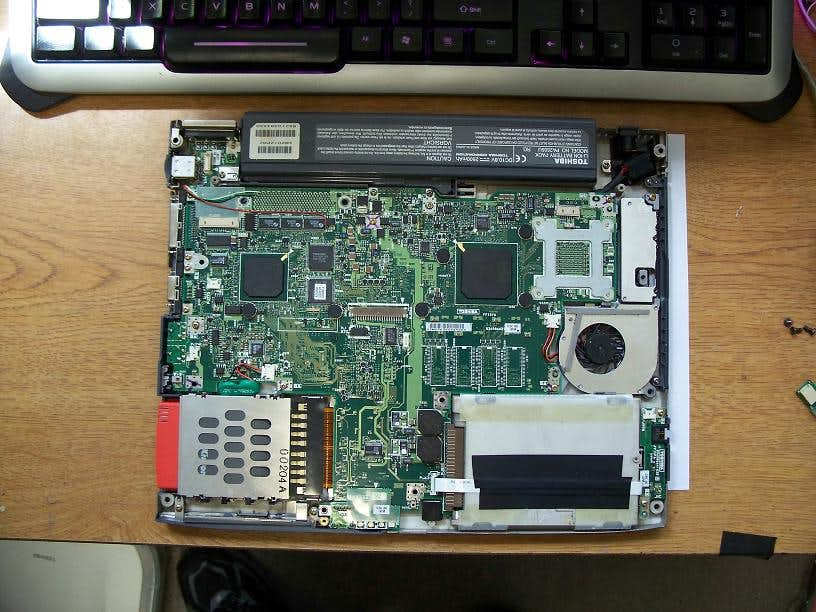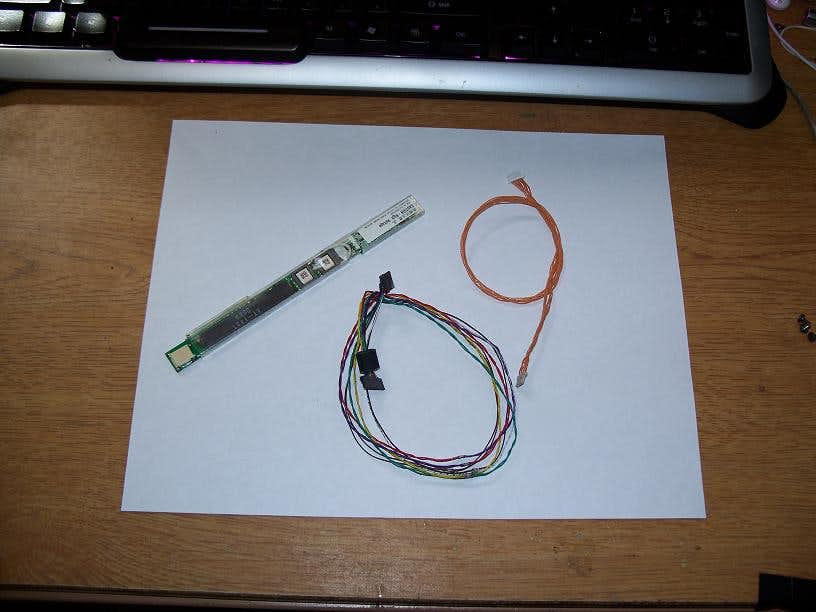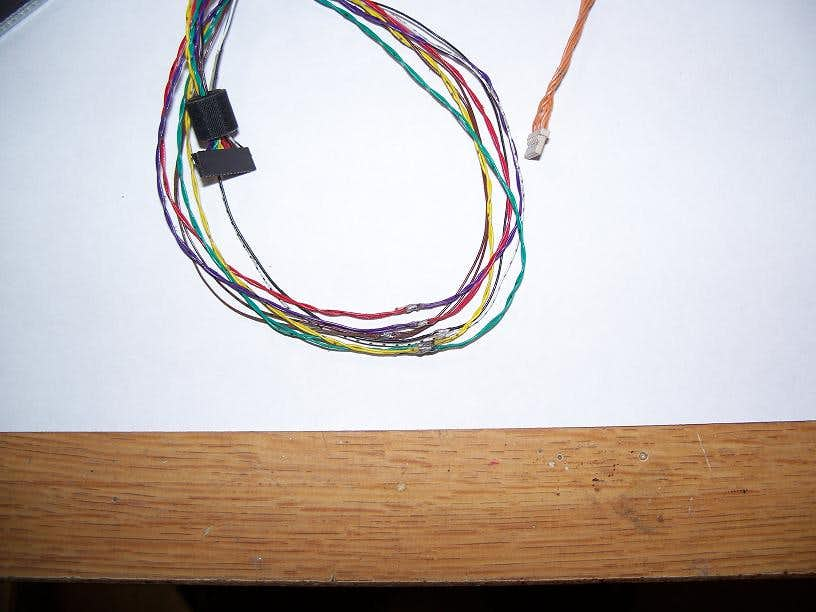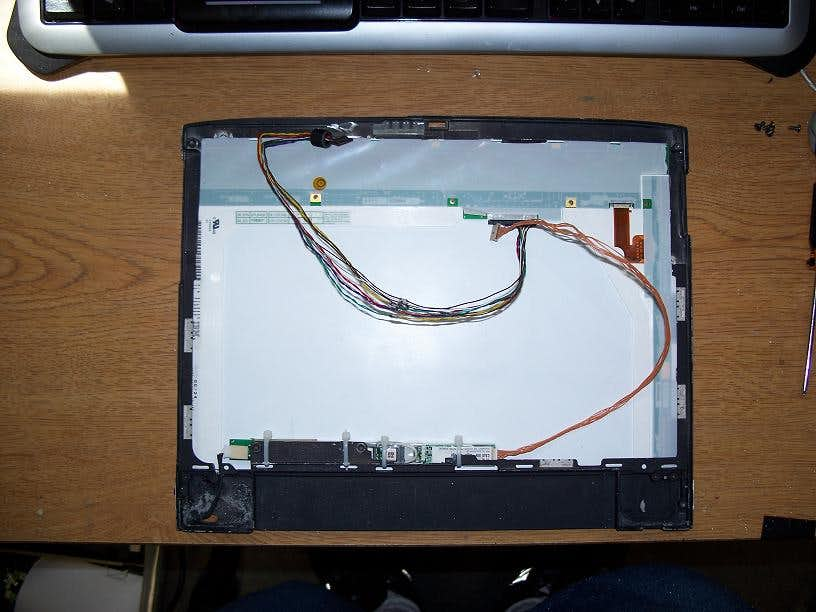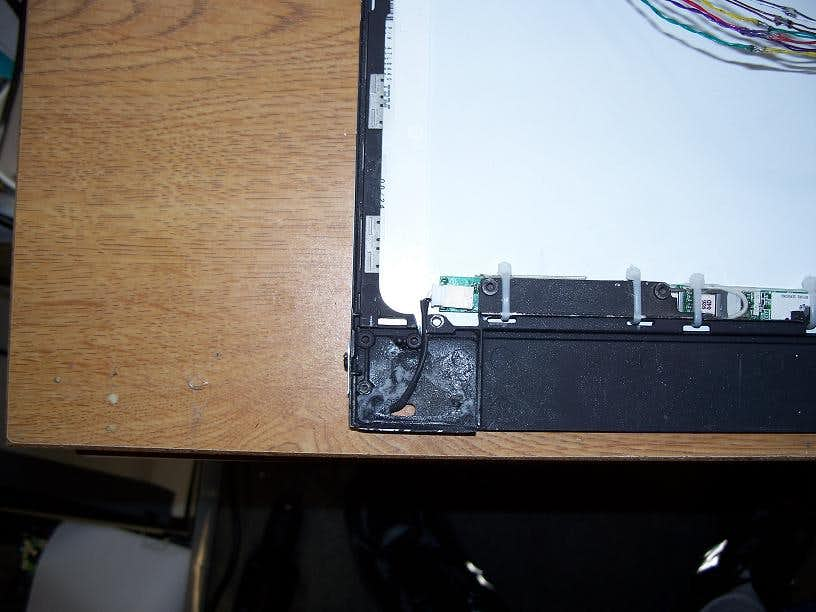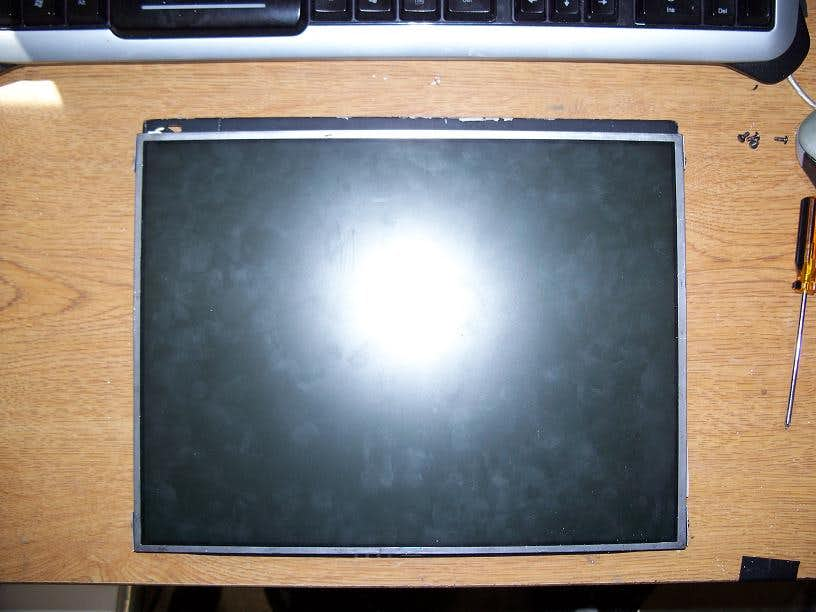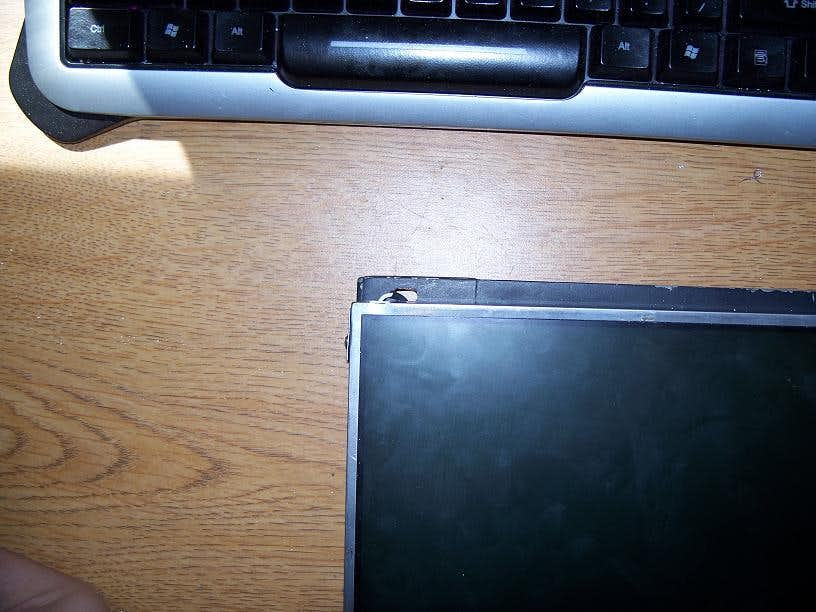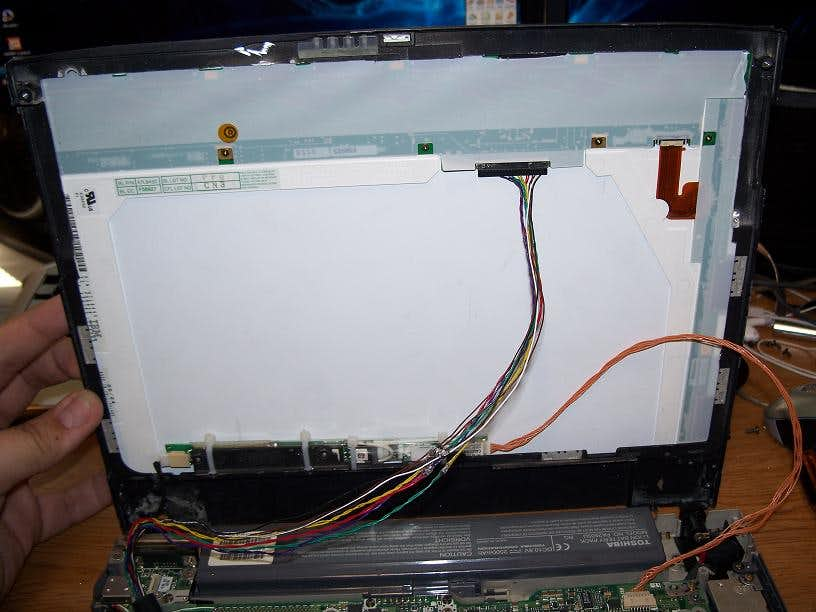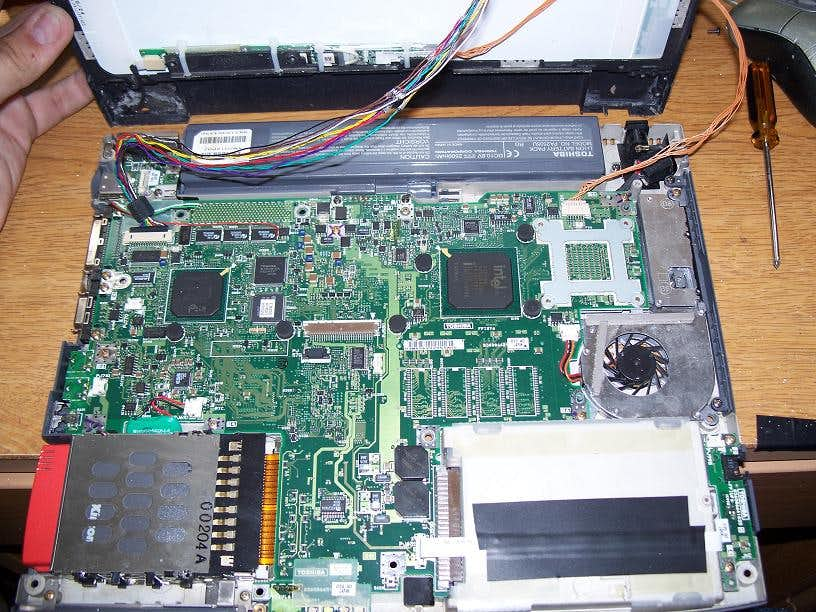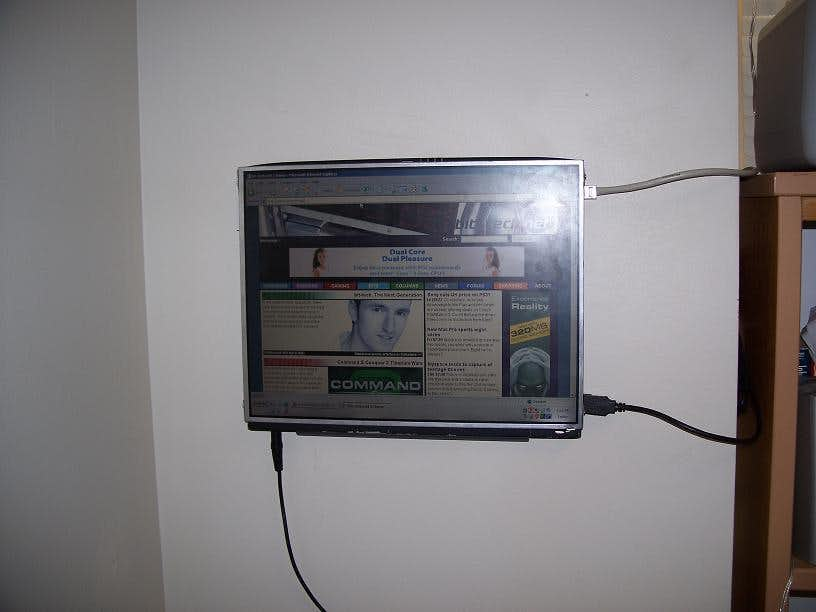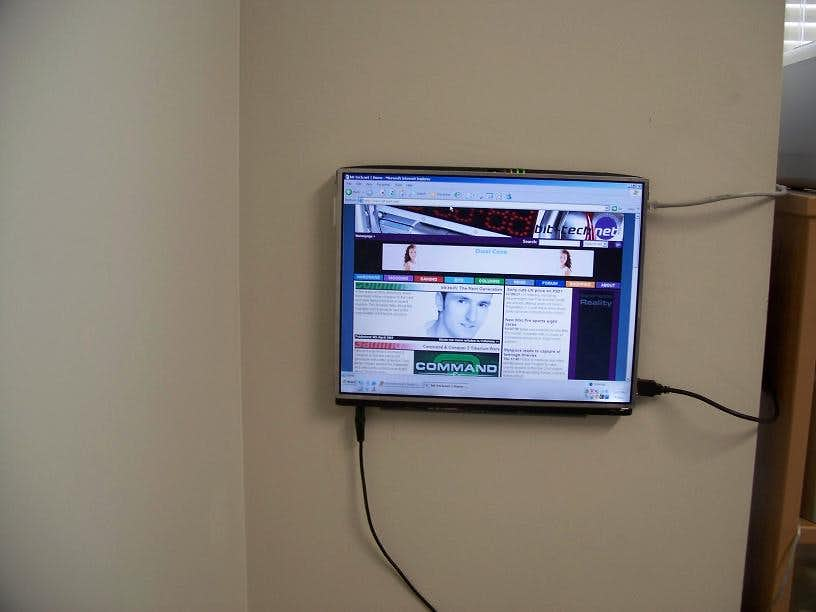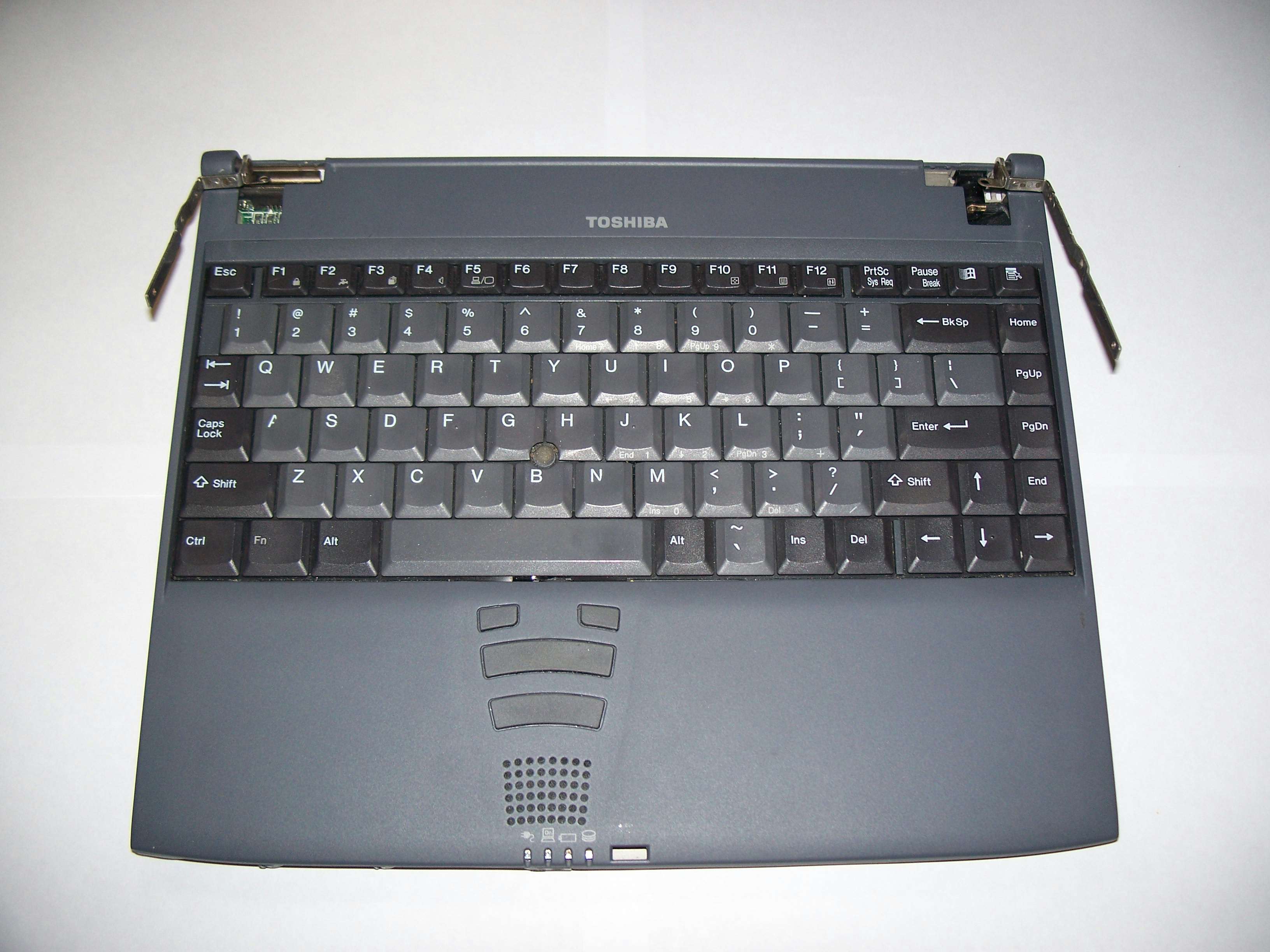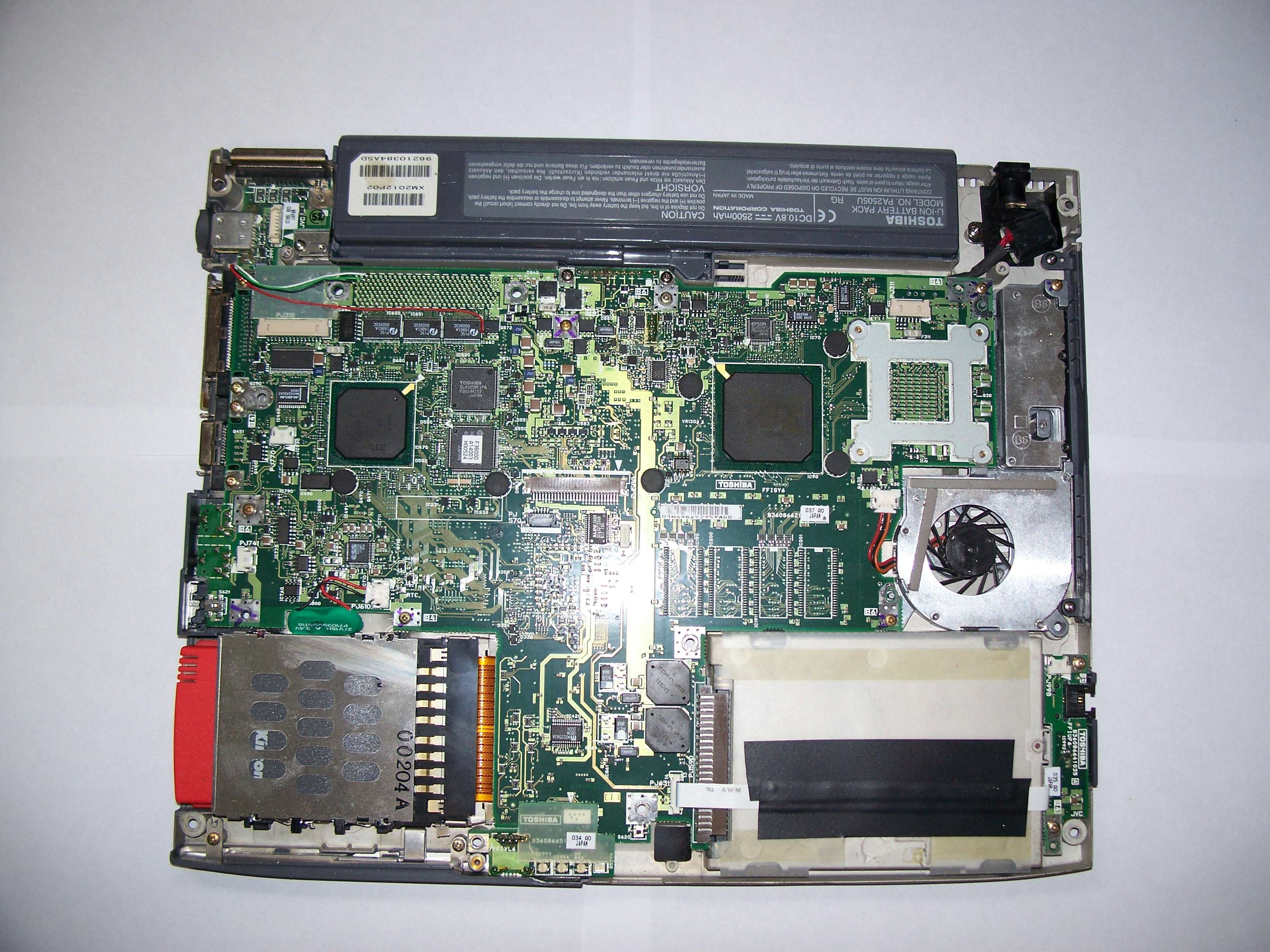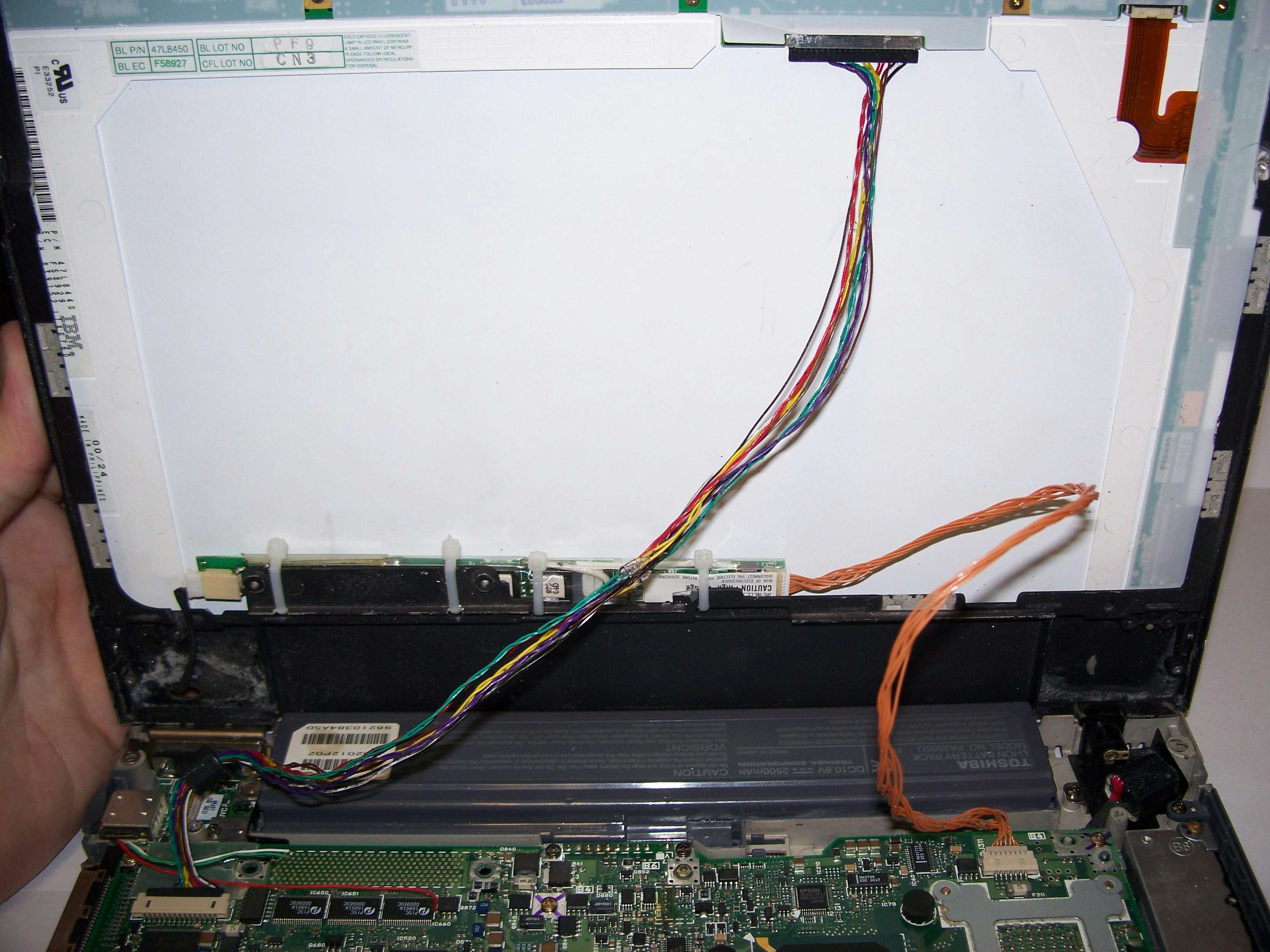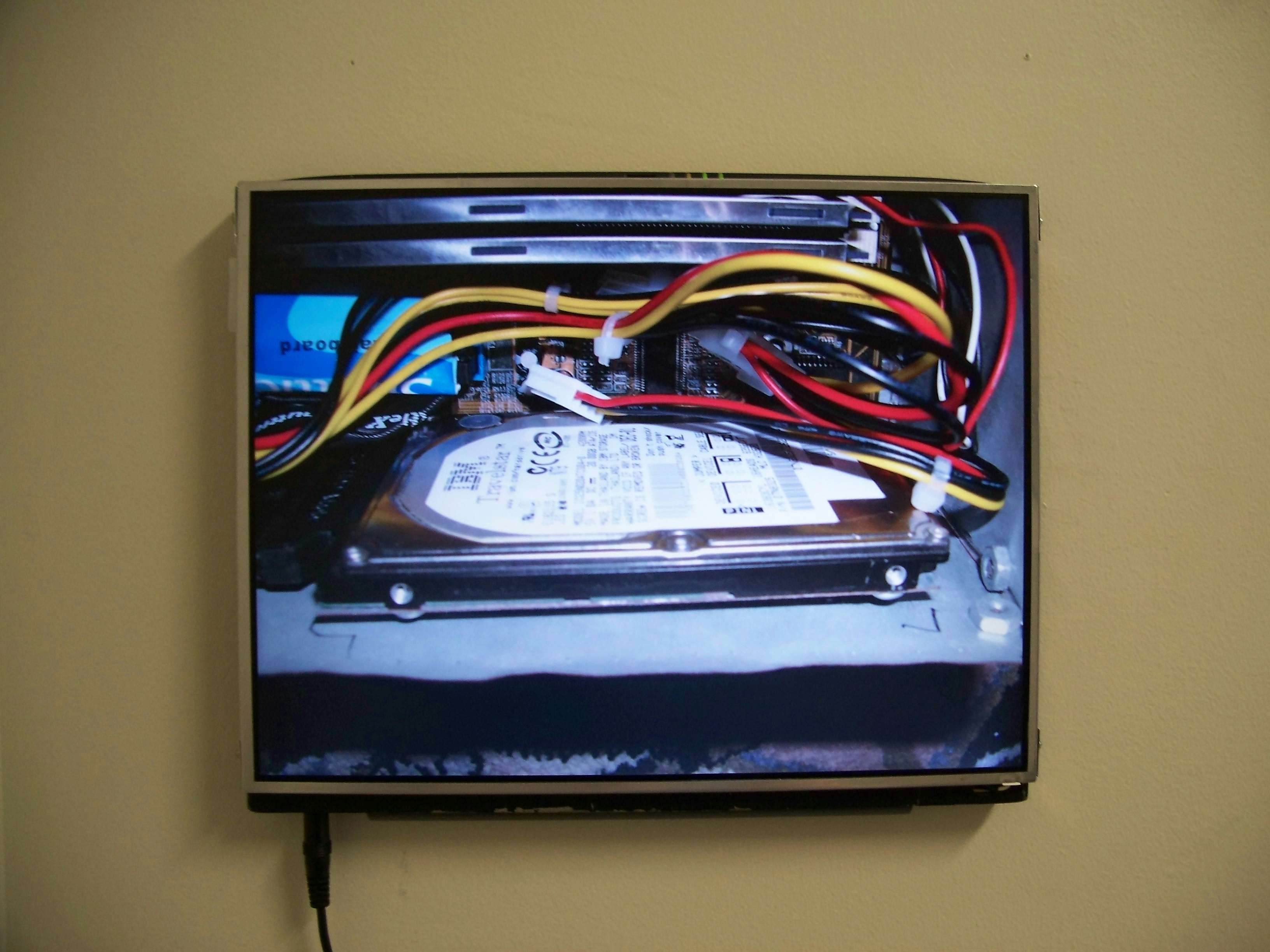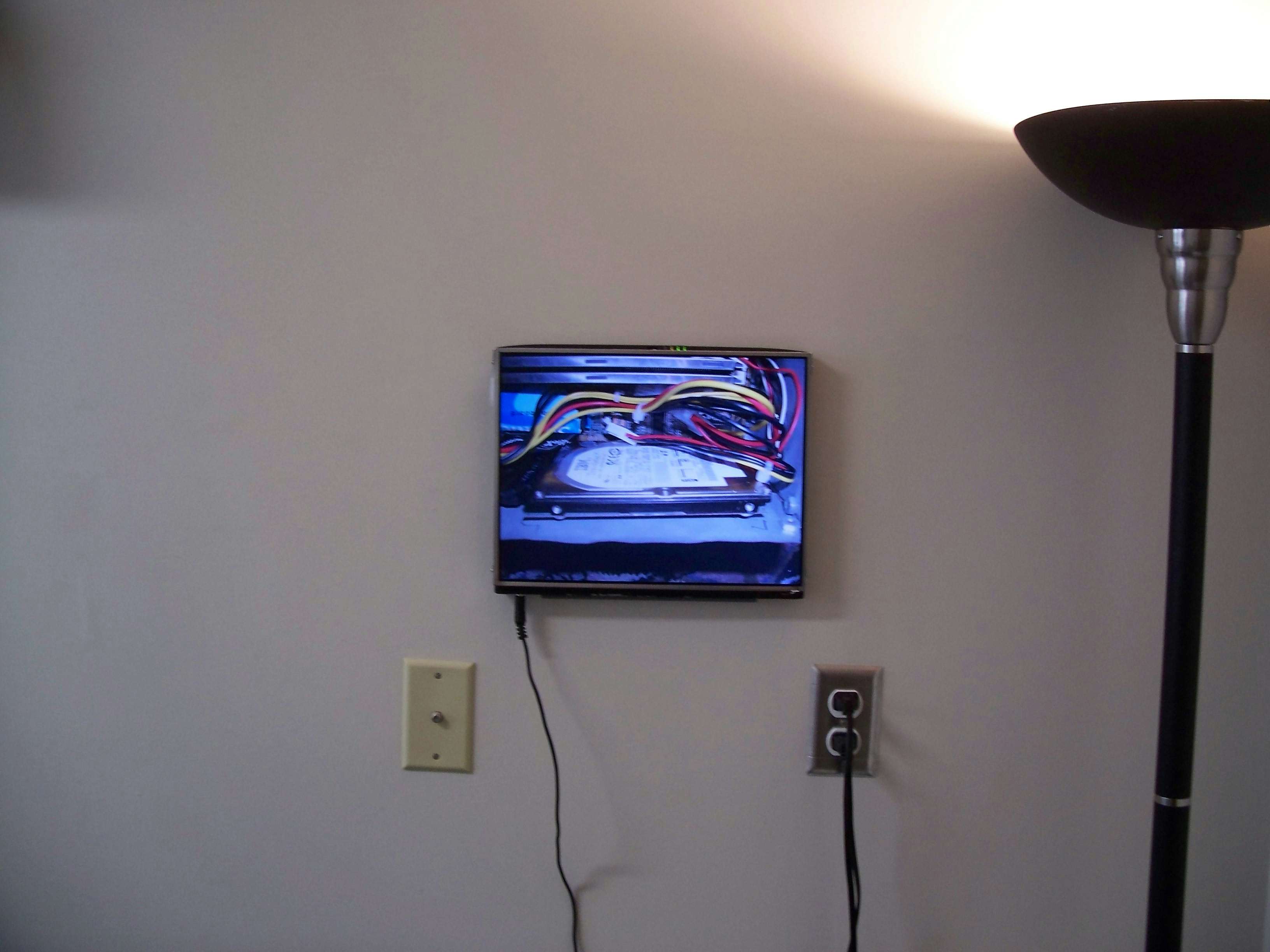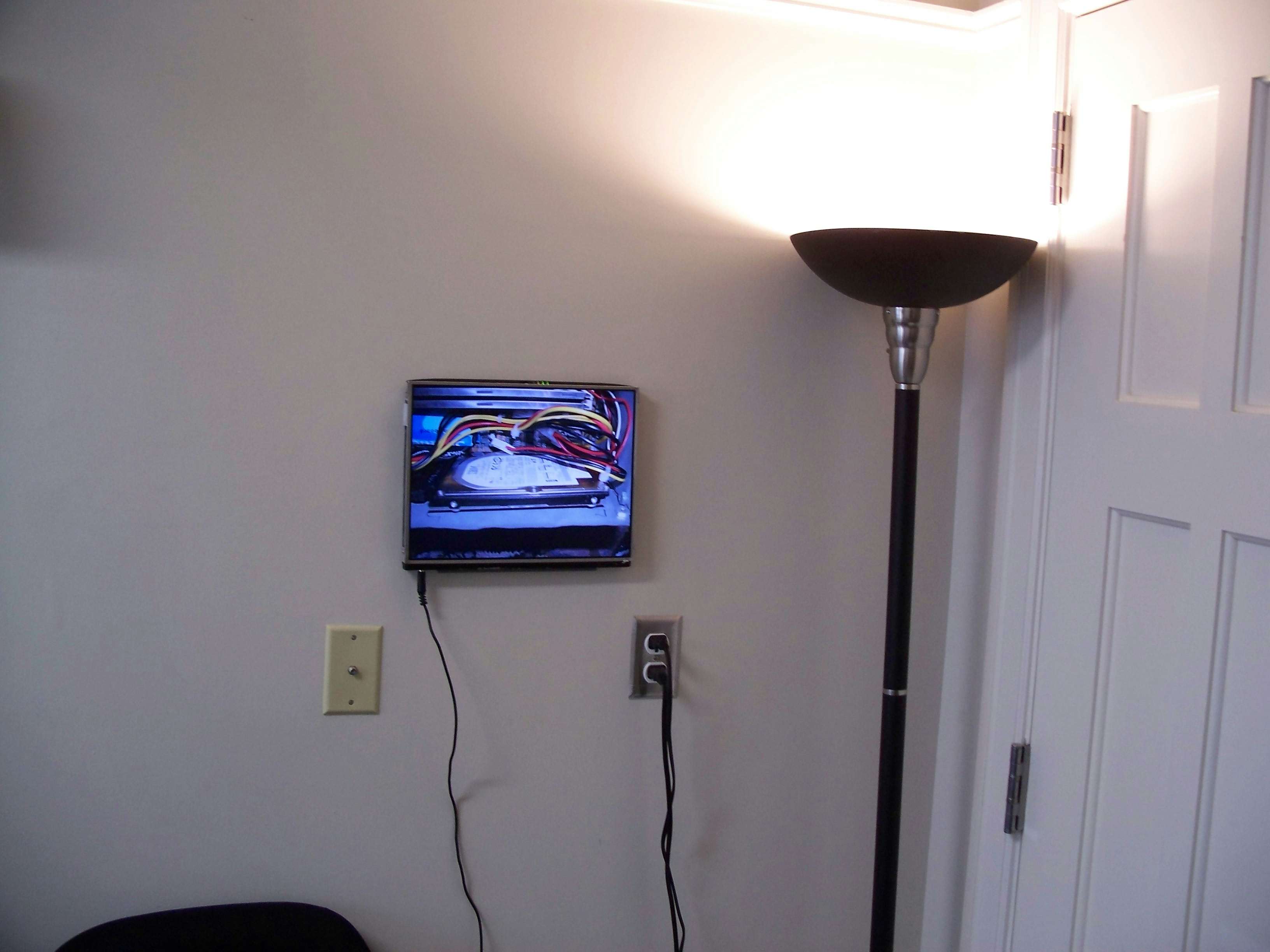Description
Introduction
I have seen several Picture Frame PC projects, and as I sat looking at my aging Toshiba Portege 7200cte I said to myself… well to be honest the first thing I said to it is not repeatable here, followed by you would only be good as Picture Frame PC. And the rest is history.
The specs of this particular machine are: Intel Pentium III Mobile 600mhz w/ speedstep; 320mb pc100 ram, 64 onboard, 1x 256 expansion; Ibm Travelstar 13gb hdd; Modded in usb internal wifi card, using 2nd usb bus.
What are some of the advantages of using a Portege as a picture frame pc you may ask? Well for starters its one of the thinnest laptops ever made. Not only that but by now they are really cheap and easy to get a hold of. Secondly they have no on-board optical drive. Meaning that much less junk to deal with. Another advantage is that I have kept the original battery intact and completely removable. In case of a power outage it runs on battery power. The battery is removable and can be replaced just as if it were a laptop.
A little background on this computer may help clear up some future questions. First of all this laptop was a 40 dollar purchase from eBay, bare-bones. It did not come with any additional ram or hdd, those I put in myself. It also came with a cracked lcd. At the time I was going to replace the lcd with one I recovered from a busted Dell Latitude CPi. The transplant was a success but only after I rewired the LCD cable to the standard LVDS pinouts. The original lcd in the Toshiba used the same interface, but a different connector.
Now a few weeks ago I find that the Dell lcd has quit working for no apparent reason. Suspecting that it was fried by the Toshiba I volt metered the 3.3v supply to the lcd. What a surprise 3.3v…. I guess Dell expects the same quality out of their lcd’s as they do the rest of the components that go in their machines. So after digging around in one of my spare parts drawers I came across a replacement lcd for an IBM Thinkpad a20 series laptop. I bet it fits the t20 series as well. This lcd also uses standard LVDS and connected right up to the cable I had made for the dell lcd. The problem was… this IBM lcd was 14.1” and the Toshiba LCD was 13.3” … So that is how I decided it would be the perfect candidate for a picture frame pc. First I took a spare palm rest plate for the Toshiba Portege that already had the LCD hinges cut off and moulded flat. I then made some very quick and dirty brackets that mount to the side of the laptop and to the screw holes on the side of the lcd to mount the lcd to the palm rest. Note that in the pictures the inverter is hanging free. That is only until I find a little bit more time to mount it on the inside. As it turns out the lcd is exactly the same length horizontally as the Toshiba, so this made mounting it very easy. Note that these are just some in progress pictures and there will be more to come. I just ran out of time today to work on this project and decided to start a small work-log of it. Enjoy pictures below:
Phase I
Here is the PC mounted on the wall, It may not look the prettiest, but it does do the trick, and it will look much better once the inverter is mounted.
Side shot showing the side with 2 of the mounting brackets, and the bottom of the unit, or the back. Completely original. I reuse everything I can.
The bottom showing the power port, and the inverter… still dangling.
Phase II
I show the insides of the unit as well as how I mounted the inverter and the converter cable to adapt the standard LVDS connection of the IBM lcd to the connector on the Toshiba’s main-board. Enjoy!
Here is an image of just the base of the laptop. The reason I chose the Portege is because everything mounts to the bottom plate. So it is perfectly contained, it is just as sturdy on its side as upside down. It is also super thin low power and durable.
Here is the inverter and its cable (orange) and the LVDS cable I made. Notice in the second picture wire there wires are combined, I didn’t have any really small heatshrink so I used superglue instead, Just as good and I can keep the costs of the project minimal. I used the glue because it is insulated and will make sure those solder contacts never break.
The inverter is mounted about 2mm behind the lcd to cut down on interference and the cathode wire is run through the front into the inside to the inverter, it almost not long enough.
The completed front lcd plate, and a close-up of the hole the cathode wire runs through.
Here is the LVDS cable and the inverter power cable plugged into the front plate and to the main-board in the base. Easy isn’t it?
Here it is mounted on the wall “temporarily” until I find a frame. Also note that there is a usb and ethernet cord plugged in. The unit does have a modded in internal usb wifi card that I will use once I fix my access point. The usb is for my printer until I find a new machine to be my print server.
Final Thoughts
Oddly enough this entire unit turns out to be thinner than the LCD monitor I use for my Media PC that hangs on a wall, It is also thinner than my Samsung 204b’s. The unit as a whole is slightly thinner than the laptop was to begin with. Also the HDD and Ram slot are still accessible from the back. A big bonus when you are constantly switching hardware. The laptop can also be docked back into the original docking station in case I needed to load a new os on it.
